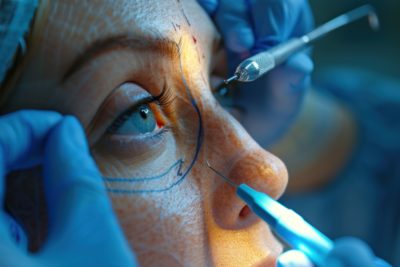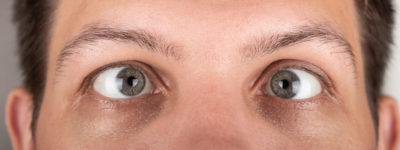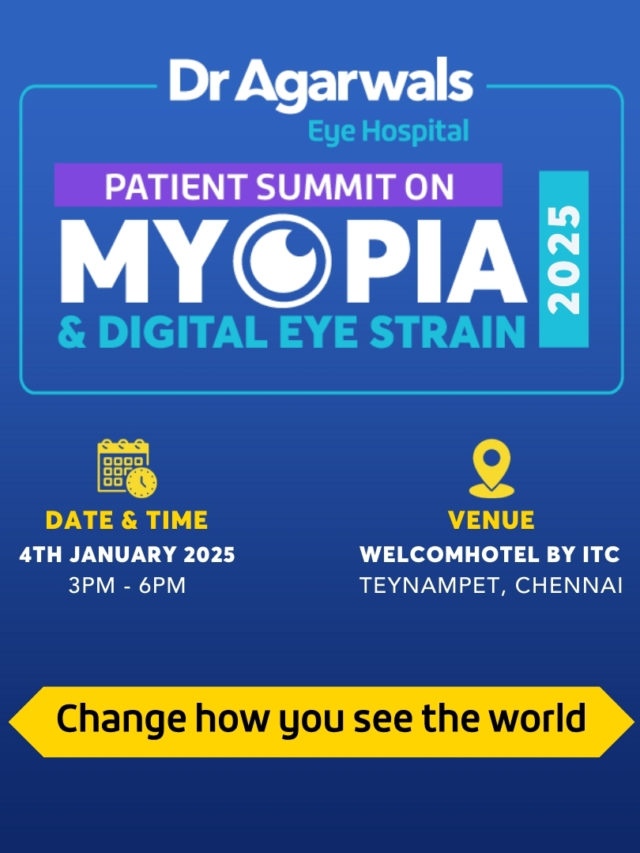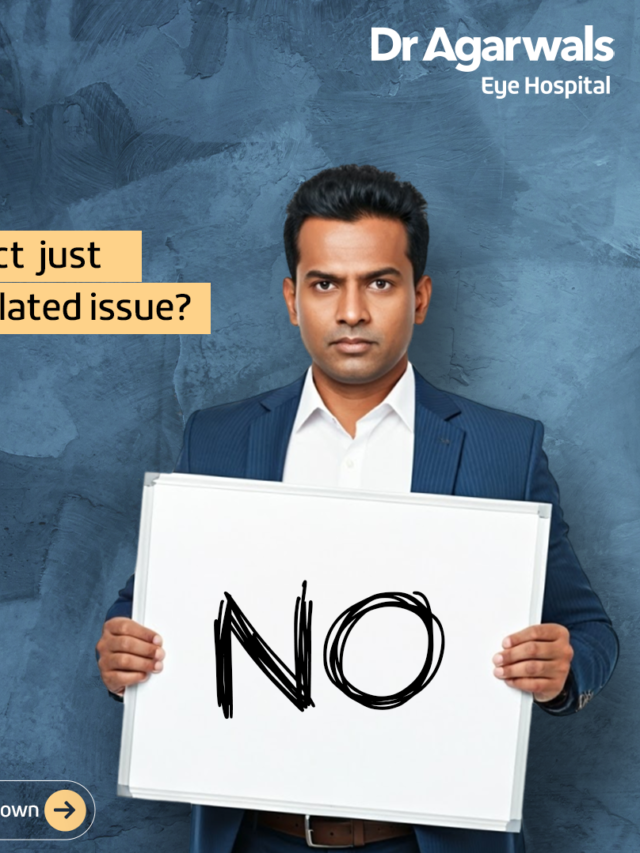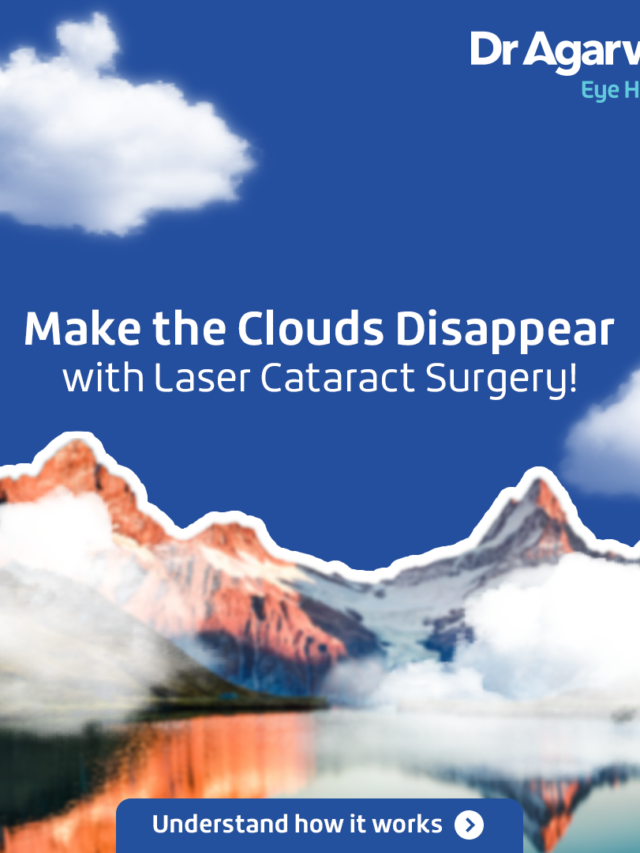Dry Eye Syndrome (DES) is more than a minor irritation—it’s a condition that can significantly impact one’s quality of life. Imagine trying to work, read, or simply enjoy a beautiful sunset with a constant feeling of sand in your eyes. Dry eyes not only cause discomfort but can also lead to vision problems if left untreated. While it might seem like a minor issue, the reality is far more complex and fascinating. In this blog, we’ll dive deep into the causes, symptoms, and innovative treatments for Dry Eye Syndrome.
What is Dry Eye Syndrome?
Dry Eye Syndrome, or keratoconjunctivitis sicca, occurs when your eyes don’t produce enough tears or when the quality of your tears is inadequate. Tears play a crucial role in maintaining the health of your cornea, keeping your vision clear, and protecting against infections. Without them, your eyes are left vulnerable to irritation and damage.
Causes of Dry Eye Syndrome
Dry Eye Syndrome can arise from various factors, each adding to the complexity of the condition. Understanding the underlying cause is essential to finding the right treatment. Here are some key contributors:
1. Aging
Aging is one of the most common causes. Tear production decreases with age, particularly in individuals over 50, making them more susceptible to dry eyes.
2. Environmental Factors
Dust, wind, smoke, and prolonged exposure to screens can strip the eyes of moisture. Living in dry climates or spending time in air-conditioned spaces can exacerbate the problem.
3. Medical Conditions
Autoimmune diseases like Sjögren’s syndrome, rheumatoid arthritis, and lupus are known to cause dry eyes. Other conditions, such as diabetes and thyroid disorders, can also interfere with tear production.
4. Medications
Certain medications, such as antihistamines, antidepressants, diuretics, and beta-blockers, can reduce tear production as a side effect.
5. Hormonal Changes
Hormonal fluctuations, especially during menopause or pregnancy, can affect the production of tears.
6. Contact Lenses
Wearing contact lenses for extended periods can cause irritation and reduce the amount of tear film on the surface of the eye.
7. Meibomian Gland Dysfunction (MGD)
The meibomian glands produce oils that prevent tears from evaporating too quickly. When these glands become blocked or dysfunctional, it can lead to dry eyes.
Symptoms of Dry Eye Syndrome
The symptoms of dry eye can range from mild to severe and often include:
- Persistent dryness
- Redness
- Itching or burning sensation
- Sensitivity to light
- Blurry vision, especially after prolonged screen use
- Feeling like there’s something in your eye
These symptoms can vary throughout the day and worsen with certain activities, such as reading or driving at night.
Advanced Treatments for Dry Eye Syndrome
Fortunately, advancements in medical science have led to innovative treatments for Dry Eye Syndrome. Here’s a look at some options, ranging from simple remedies to cutting-edge solutions:
1. Artificial Tears
Over-the-counter artificial tears are often the first line of defense. These lubricating drops mimic natural tears and provide immediate relief. Preservative-free options are recommended for those with sensitive eyes.
2. Prescription Medications
For more severe cases, ophthalmologists may prescribe medications such as cyclosporine (Restasis) or lifitegrast (Xiidra) to reduce inflammation and increase tear production.
3. Punctal Plugs
Tiny silicone or collagen plugs can be inserted into the tear ducts to prevent tears from draining away too quickly, keeping the eyes moist for longer periods.
4. Warm Compresses
Applying a warm compress to the eyes can help unclog meibomian glands, improving the quality of tears. This simple remedy is particularly effective for those with MGD.
5. Intense Pulsed Light (IPL) Therapy
IPL therapy is a revolutionary treatment for dry eyes caused by meibomian gland dysfunction. It uses light pulses to improve gland function and reduce inflammation.
6. Nutritional Supplements
Omega-3 fatty acids, found in fish oil and flaxseed, have been shown to improve tear quality. Including these in your diet or taking supplements can significantly reduce symptoms.
7. Specialized Eye Drops
Autologous serum eye drops, made from a patient’s blood serum, contain growth factors and nutrients that promote healing and reduce inflammation.
8. Lifestyle Modifications
Sometimes, small changes can make a big difference:
- Blink More: Conscious blinking during screen time can keep your eyes lubricated.
- Hydrate: Drinking plenty of water ensures your body, including your eyes, stays hydrated.
- Take Breaks: Follow the 20-20-20 rule: every 20 minutes, look at something 20 feet away for 20 seconds.
9. Surgical Options
In rare, severe cases, surgical procedures may be recommended to permanently close the tear ducts or repair eyelid abnormalities contributing to dry eyes.
Preventing Dry Eye Syndrome
Prevention is always better than cure. Incorporating the following habits into your daily routine can minimize the risk of developing dry eyes:
- Use a humidifier in your home to maintain moisture in the air.
- Wear wraparound sunglasses to protect your eyes from wind and dust.
- Limit screen time and ensure proper lighting when using digital devices.
- Avoid smoking and reduce exposure to secondhand smoke.
Emotional and Psychological Impact of Dry Eyes
It’s easy to dismiss dry eyes as a physical issue, but it can take a toll on mental health too. Persistent discomfort can lead to frustration, anxiety, and even depression. Addressing the emotional aspects and seeking support is just as important as treating the physical symptoms.
The Future of Dry Eye Treatment
The field of ophthalmology is constantly evolving, with promising research and technologies on the horizon. From regenerative therapies using stem cells to smart contact lenses that release medication, the future looks bright for those suffering from dry eyes.
Dry Eye Syndrome is more than just a nuisance; it’s a condition that deserves attention and care. With the wide range of treatments available today, relief is within reach for everyone. If you’re experiencing symptoms, consult an ophthalmologist to determine the cause and find the best treatment for your needs. Remember, your eyes are your window to the world—take care of them!
Dry eyes don’t have to be a lifelong struggle. Armed with knowledge and the right strategies, you can keep your eyes comfortable, healthy, and ready to take on the world




